English Copyright 2015 by Skyhorse Publishing, Inc.
Original Edition 2012 Hlker Verlag im Coppenrath Verlag GmbH & Co. KG, Mnster, Germany.
Original Title: Unsere Weihnachtsbckerei (ISBN 978-3-88117-868-6). All rights reserved.
All rights reserved. No part of this book may be reproduced in any manner without the express written consent of the publisher, except in the case of brief excerpts in critical reviews or articles. All inquiries should be addressed to Skyhorse Publishing, 307 West 36th Street, 11th Floor, New York, NY 10018.
Skyhorse Publishing books may be purchased in bulk at special discounts for sales promotion, corporate gifts, fund-raising, or educational purposes. Special editions can also be created to specifications. For details, contact the Special Sales Department, Skyhorse Publishing, 307 West 36th Street, 11th Floor, New York, NY 10018 or .
Skyhorse and Skyhorse Publishing are registered trademarks of Skyhorse Publishing, Inc., a Delaware corporation.
Visit our website at www.skyhorsepublishing.com.
10 9 8 7 6 5 4 3 2 1
Library of Congress Cataloging-in-Publication Data is available on file.
Cover design by Georgia Morrissey
Cover photography by Oliver Brachat
Print ISBN: 978-1-63450-365-5
Ebook ISBN: 978-1-5107-0117-5
Printed in China


Contents
The following symbols will be used in this book:
 Tips on Preparation, Storage, etc.
Tips on Preparation, Storage, etc.
 Tips on Decorating and Packaging
Tips on Decorating and Packaging
Christmas Bakery

Welcome to the Christmas Bakery
Christmas and baking cookies simply go hand in hand. Surely the anticipation of the irresistible fragrances wafting out of the local bakery and the scents from your own oven cause you to recall your childhood. There are tins to fill with homemade treats, and family and friends to spoil with those delicious creations. But more than anything else, you achieve an exquisite taste experience when you bake Christmas cookies with high-quality ingredients.
The Details Are Important
For Christmas baking, use exclusively fresh, natural, high-quality ingredients. This is especially important for butter, eggs, almonds, nuts, pistachios, and the typical Christmas spices. Try not to use any synthetic ingredients; use only fresh zest from organic lemons and oranges and unsulphured raisins, currants, and other dried fruits. If you work with whole-grain flour, it should be freshly ground, if possible.
The recipes in this book are very easy if you pay attention to all the details in the instructions: measure or weigh the ingredients precisely and adhere to the specifications exactlyparticularly cooling times, baking temperatures, and baking timesto make sure that everything goes smoothly. If you have not baked much using your own oven, it is worth it to look over the instructions for use and perhaps bake a few test batches. Make yourself a note for the next time if you have an experience different from the ones described in this book.
Marzipan
Marzipan is not uncommon in Christmas baking. Even though you can make it yourself, industrially produced marzipan paste is widely available and of such good quality that you do not need to make this effort.

Tempered Couverture or Cake Glaze?
Couverture chocolate is often seen in sweet shops and in patisserie-produced chocolate. It is made from cocoa paste, cocoa butter, and sugar and is thinner than melted bars of chocolate. The quality, like that of any chocolate, is dependent on the percentage of high-quality cocoa beans and on the content of the cocoa mass in ratio with the sugar content. The higher the quality of the beans and the higher the cocoa mass ratio, the more bitter the taste of the chocolate.
The temperature of the couverture is crucial to the silky sheen of a chocolate glaze both before and during its processing. Because of this, the couverture must, with the help of a special thermometer (which is sold in specialty baking stores at affordable prices), be carefully tempered.
The so-called injection method works best. First, a large piece of the required couverture chocolate is coarsely chopped and slowly melted (dont heat higher than 105F [40C] or it will separate). Then add finely grated couverture chocolate, little by little, until the mixture thickens, the flakes of chocolate slowly dissolve, and the chocolate has a temperature of 8691F (3033C). To test whether it is the right temperature, briefly insert a palette knife and then remove the knife from the chocolate. The knife must come out shiny and smooth and not have any streaks.
Anyone who does not want to make this effort should make a prepackaged chocolate glaze instead, as a couverture that has not been heated to the right temperature quickly turns an unattractive gray color. A cake glaze has a nice shine, but it does not compare to a good couverture chocolate.
Schedule and Storage
At the beginning of the Advent season, you should make a plan for when you want to do your baking. Ideally, you should make the baked goods that taste better with time first. These include gingerbread, honey cake, Springerle cookies, and macaroons. On the other hand, baked goods like butter cookies can also be stored, and even frozen, but they taste best fresh. To store baked goods, it is best to use clean, odorless, and airtight tins or food storage boxes. It is important that each different type of cake or cookie is packed in a separate container so they retain their original flavors.
Editors Note: German baking soda is not the same as American baking soda. You can often substitute double-acting baking powder for single-acting, slow-rising baking powder in German recipes. If you would like to approximate German baking powder you can mix readily-available cream of tartar with baking soda in a 2:1 ratio. You may order German baking soda online or at specialty stores.

Baking with Children
Baking with children during Christmastime is a joyful experience. It is no problem if the little Christmas bakers require help from an adult or an older sibling. Older children can bake a few recipes from this book almost entirely alone. However, every child should receive help from an adult when inserting and removing baking sheets from the oven.
 In each recipe for kids, you will find one, two, or three stars. These will indicate which ones are easy *, somewhat difficult **, and complex ***.
In each recipe for kids, you will find one, two, or three stars. These will indicate which ones are easy *, somewhat difficult **, and complex ***.
Professional tips for baking beginners


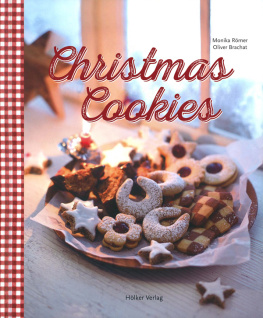

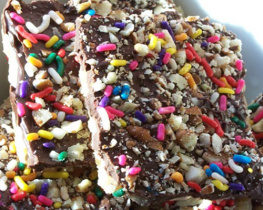
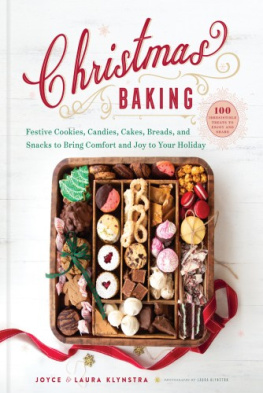

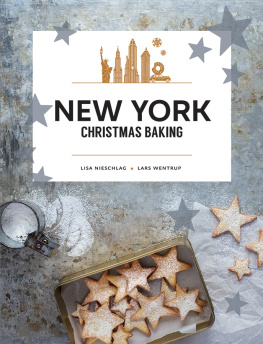
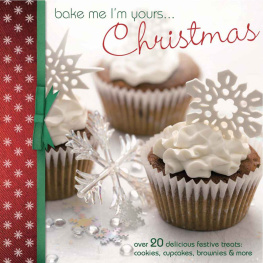
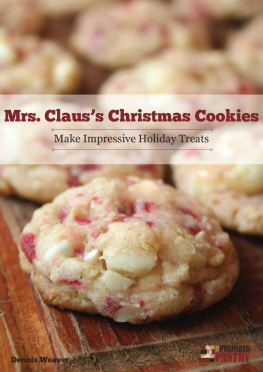
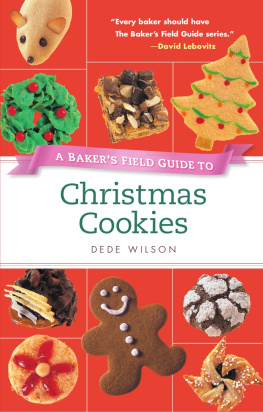

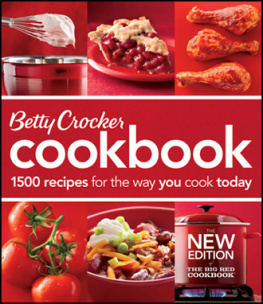
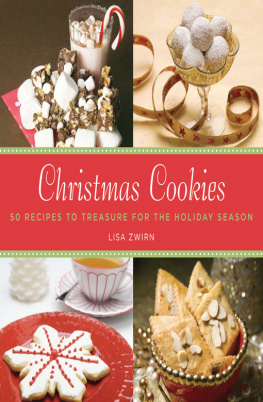



 Tips on Preparation, Storage, etc.
Tips on Preparation, Storage, etc. Tips on Decorating and Packaging
Tips on Decorating and Packaging


 In each recipe for kids, you will find one, two, or three stars. These will indicate which ones are easy *, somewhat difficult **, and complex ***.
In each recipe for kids, you will find one, two, or three stars. These will indicate which ones are easy *, somewhat difficult **, and complex ***.